ABOUT US
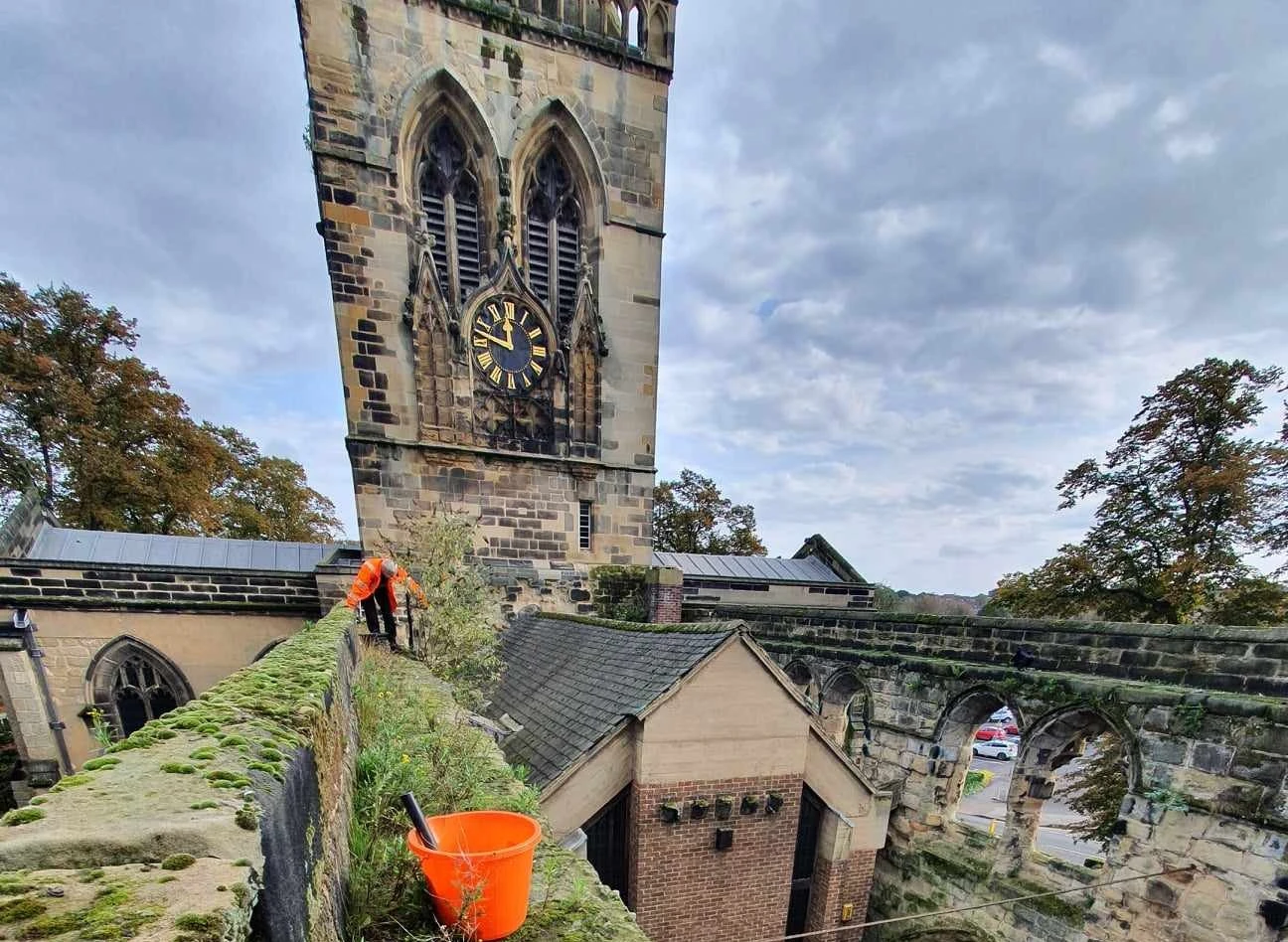
RESTORING HERITAGE

REBUILDING COMMUNITIES
Pet Trainer
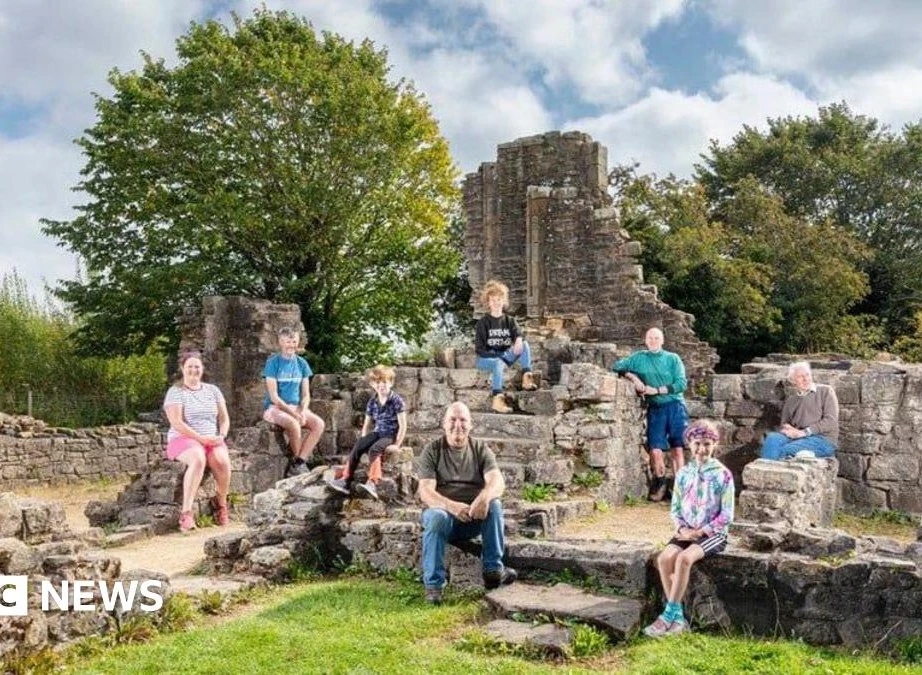
TRANSFORMING LIVES
& RE-STORYING THE CLIMATE CRISIS
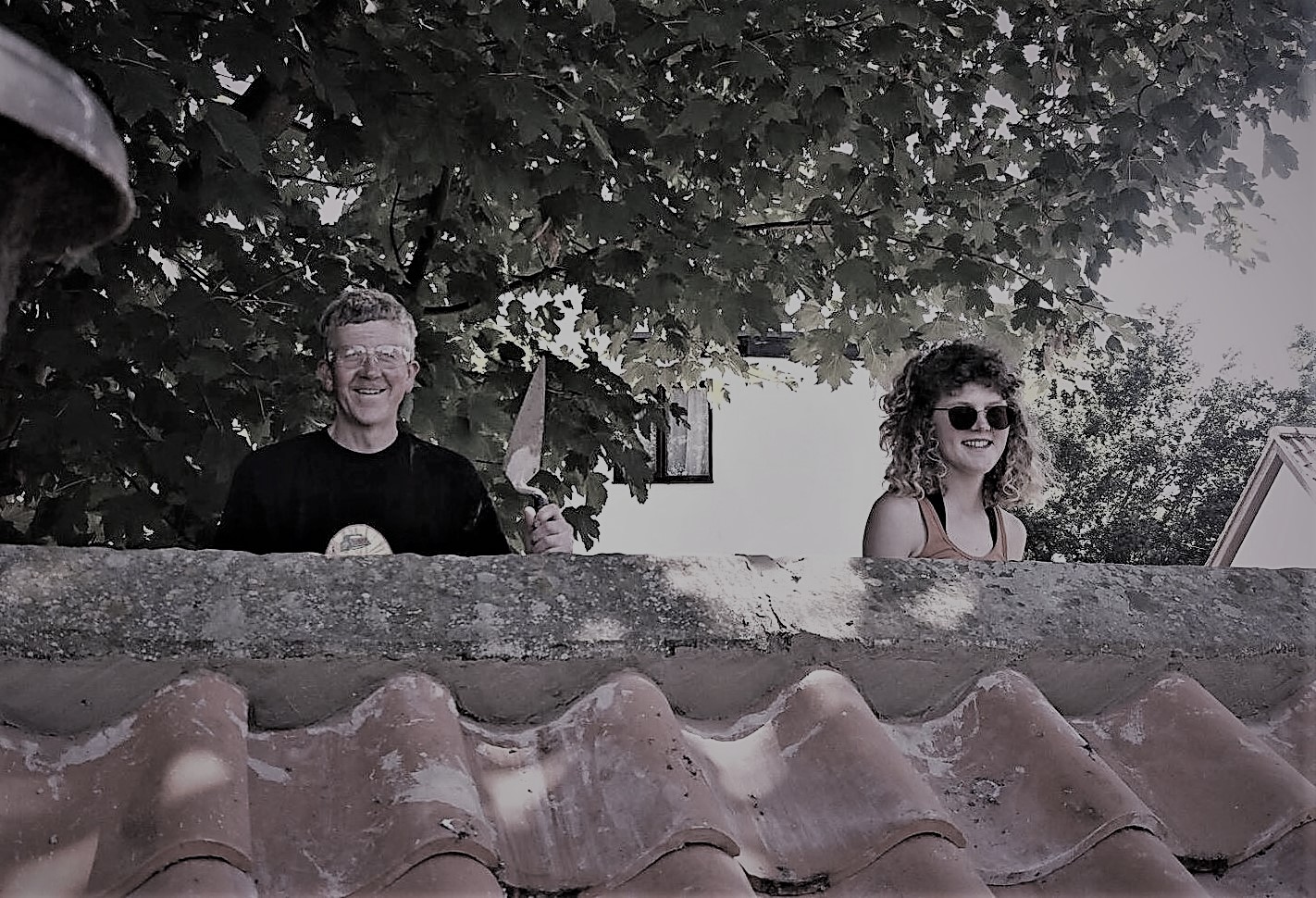

WHO WE ARE
DREAM HERITAGE exists to connect communities to their local heritage.
Dream sees heritage as a catalyst for community involvement, interest and improvement, and the community as a catalyst for saving heritage.
Dream's four main aims are:
-To transform both heritage and communities, and the interaction, interface, interest and involvement between both.
-To educate and enthuse the next generations to look after both their natural and historic environment.
-To be an advocate for the reuse, repurposing and regeneration of buildings, furnishings and spaces.
-To teach heritage skills, traditional crafts, and youth worker skills, to meet the growing need for heritage to be properly conserved, repaired and maintained, and the need for youth provision and support.
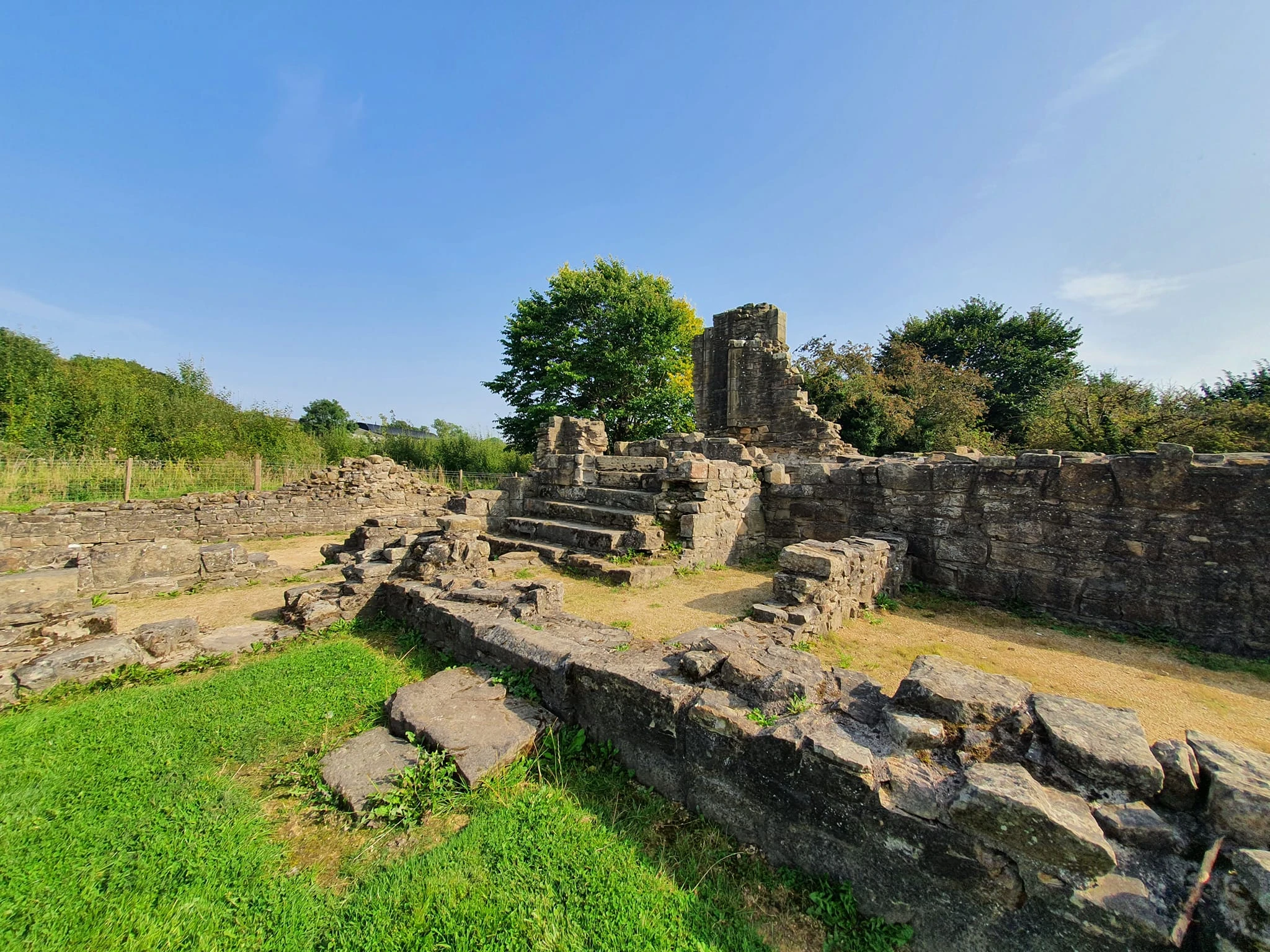

WHAT WE DO
Dream Heritage's overall aim is to 'RESTORE THE RUINS'; that is to restore heritage, community, lives & the climate crisis. Achieving this aim by the following services & activities they offer:
-Professional conservation & repair of historic buildings, scheduled monuments, listed structures
-Professional annual maintenance services for all types of buildings
-Professional archaeological excavations & services
-Professional conservation, repair, maintenance and servicing of ecclesiastical buildings
-Community heritage projects engaging communities in their local heritage & teaching them the skills to look after, restore & reuse their local heritage
-Community archaeological excavations to build interest in both the young and the old, in their local history and heritage
-Community green projects, supporting and creating litter picking groups, gardening groups, and graveyard maintenance groups, to look after their local natural and historic environment, and to restore civic pride
-Education of the young in their local history & heritage, and producing with them local history books which will educate future generations
-School visits, engagement, re-enactments
-Traditional skills & craft workshops, for any age, 1-1 or group sessions
-Work experience and training placements to teenagers & young adults
-Supporting local churches to re-imagine how to use their often underused church spaces, so that they become well loved, well-used community assets.
-Supporting & training churches and communities to set up and deliver thriving Christian youth clubs, and to create trips and opportunities for young people so that they are supported to dream and create better futures for themselves
-Advocating for the protection of our natural and historic environment
-Advocating against the demolition & rebuilding of buildings
-Advocating for more vocational opportunities for young people & the disadvantaged
-Advocating for more holistic mental health support, including social prescribing
-Advocating for Christian values & morals
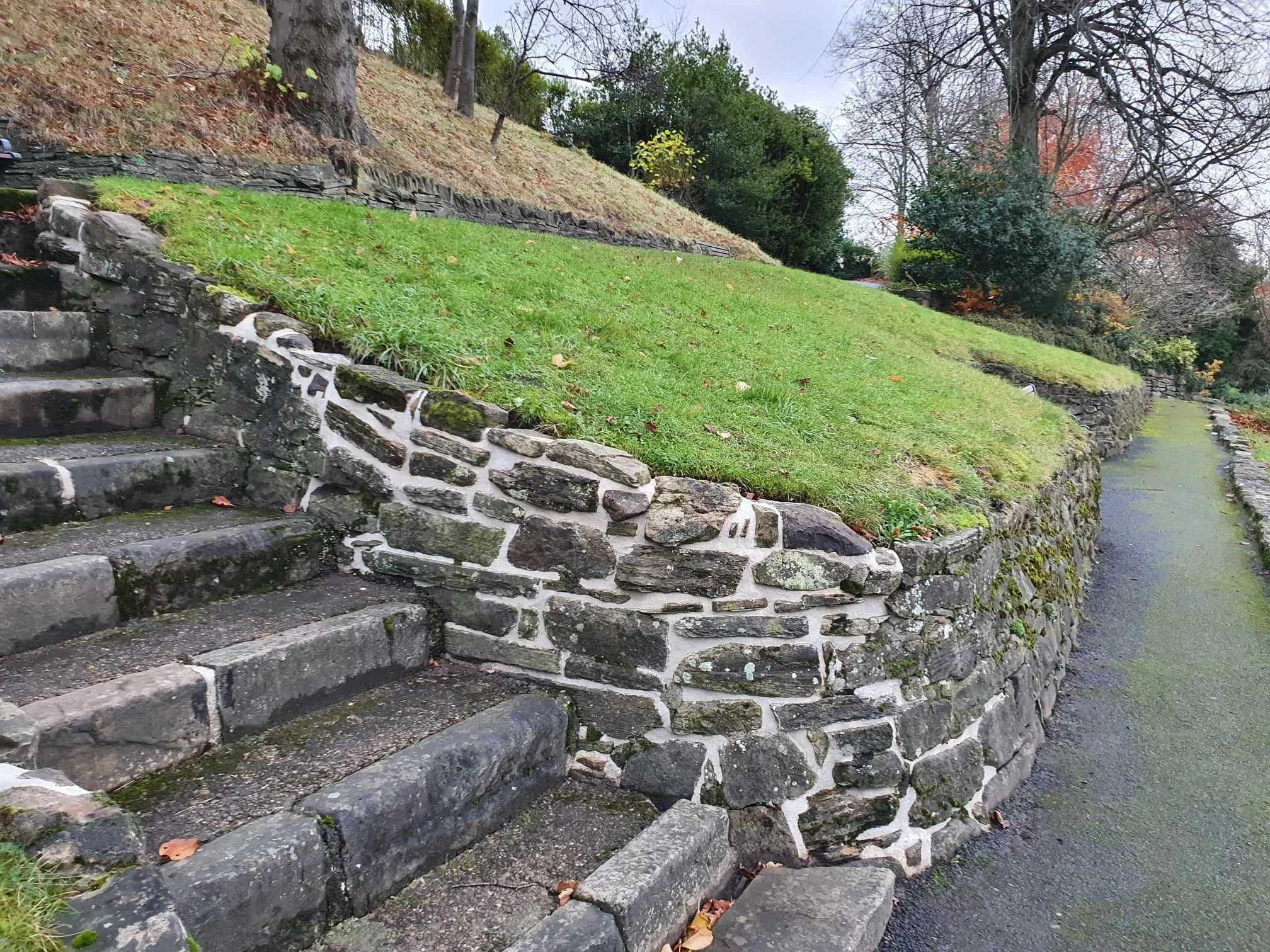
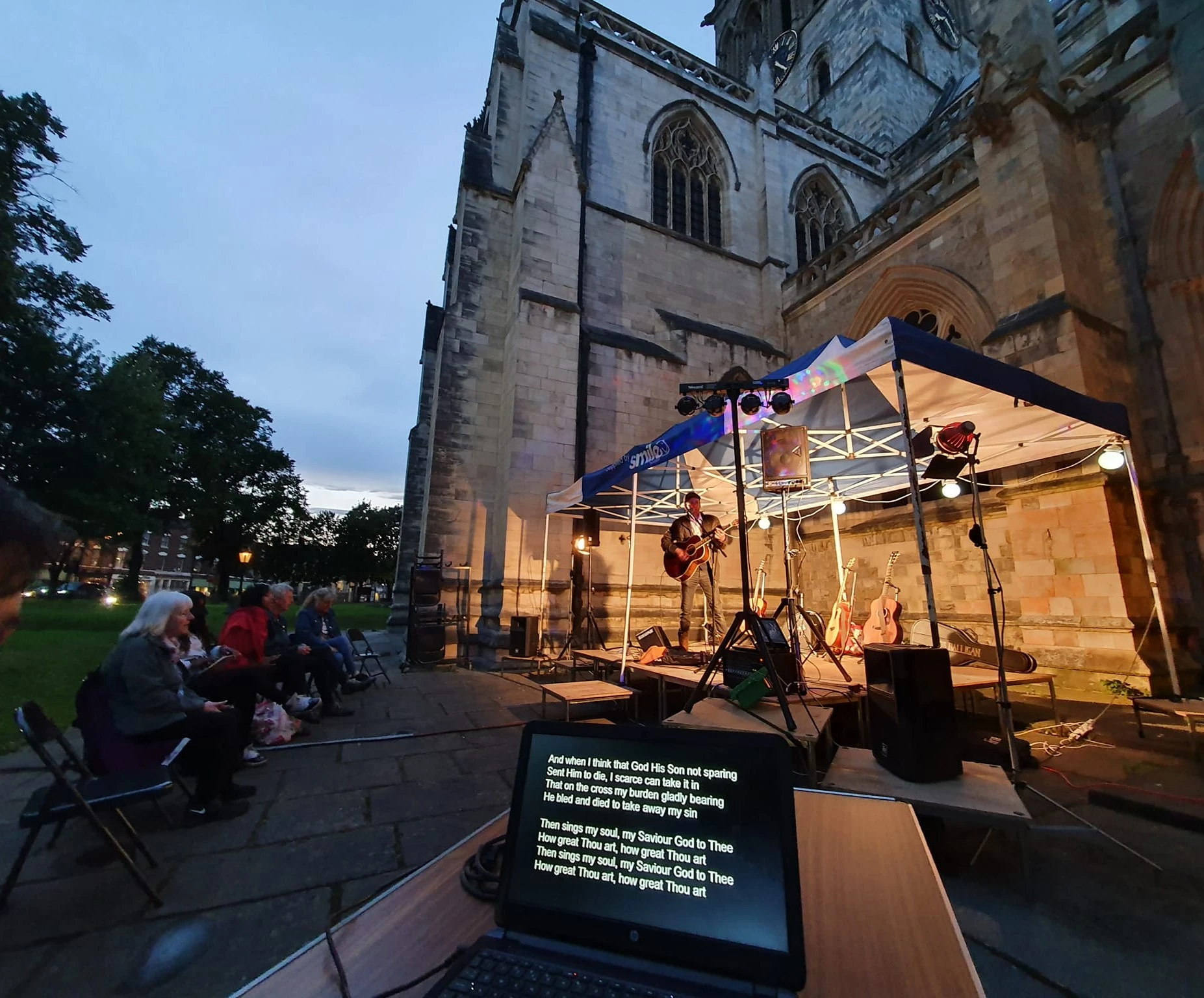
WHY WE DO IT
“We are counter-cultural. Our work has already resolved many common issues of today-saving local historic sites and green spaces; improving community relations and friendships; eliminating isolation and loneliness; providing the opportunity for hands-on work, transferable skills and accomplishment; improving both physical and mental health; educating entire communities in their local history; restoring a sense of 'pride of place'; reducing anti-social behaviour of historic sites; providing training in old masonry techniques and craftsmanship; reducing area unemployment; and providing enjoyment, improving well-being”
THE NEEDS WE RESOLVE
-The need for a provision to pass on endangered crafts. The Heritage Crafts Association states on its homepage: ‘From blacksmithing to basketry, from weaving to woodturning, we have an incredible range of heritage craft skills in the UK and some of the best craftspeople in the world. But many of these skills are in the hands of individuals who have been unable to make provision to pass them on.’ The HCA further detail how they have compiled a ‘Red List of Endangered Crafts’ and the aim of this is to call to action those whom have it within their power to improve heritage craft viability to ‘avoid the cultural loss that is borne each time a craft dies.’ We aim to meet this need and create such a provision for the North of England.
-The need to save, maintain and restore heritage buildings and structures for future generations. Historic England compiles a list of ‘Heritage at Risk’ each year to identify heritage buildings and structures which need conservation and maintenance to try to encourage intervention. On Historic England’s website, the map of heritage at risk shows the scale of need for skilled craftspeople to save heritage buildings and structures in England. There are 4,419 heritage buildings and structures on the ‘At Risk’ Register for England alone, and this figure does not include all of the non-designated heritage assets across the country.
-The need for vocational educational pathways. Academic educational pathways are currently prioritised, meaning that those individuals who are less academic often fall short and get ‘left behind’ by the system. The reality is that these individuals are just skilled and have potential in other non-academic directions, and we want to harness their potential through the availability of more vocational, trade, and craft skills.
-The need to look after our environment and to minimally contribute to climate change. The construction industry negatively impacts our environment in a large way. The industry exhausts our world’s natural resources, consuming 40% of the world’s raw stones, gravel and sand, and 25% of the world’s virgin wood annually. The industry is also responsible for a great amount of pollution, accounting more for air, water and noise pollution than any other industry. The industry overall contributes to 23% of air pollution, 50% of climate change, 40% of drinking water pollution, and 50% of landfill wastes. Waste from construction industries damages the environment and causes further pollution, and wildlife suffers from the pollution, noise, light etc pollution construction brings. All in all, the construction industry is a major contributor to climate change, pollution, and damage to our environment, BUT it doesn’t have to be this way. The conservation, repair, and maintenance of heritage buildings and structures avoids large scale construction works or rebuilding, and has minimal environmental impact. The more traditional methods of building and repair are also much more environmentally friendly and sustainable, using natural materials and techniques which often do not damage the environment at all.
-The need to look after our natural and historic environment for the enjoyment of ours and future generations.
-The need to enthuse the younger generations to appreciate, be interested in, and be involved in their local heritage. Local Heritage is what gives identity and vibrancy to different places and communities, and it is important to keep this sense of identity and civic pride alive.
-The need for provision and support for young people so that they grow up and reach their full potential. This provision should give them access to activities and trips they may otherwise have not been able to afford or do, and should aid young people’s mental health and ability to interact socially. The average young person spends over 9hrs a day on their phone, and approximately 1 in 6 young people in the UK experience a mental health problem annually. This shows the desperate need for young people to build a positive social network and support network, and youth clubs, youth trips, and youth provisions provide a safe environment for this. The government took away funding for youth provision around 10+years ago, leading to the closure of the majority of the clubs and thus a lack of support for young people and a rise in mental health problems. With the fast rate at which our culture is changing, the way in which young people can be engaged with and supported is also ever changing. Thus there is a need for youth worker training to meet the demand for effective youth workers and youth provision in the UK.
-The need for Church Buildings and Church Congregations to be supported and guided into how best to look after their buildings, congregations and communities. The Church is often the most impressive heritage building within a community. The building contains much community memory but is often appreciated more from afar then within. On the whole the current congregations are dwindling in numbers and the age profile is very high, and there is often an absent intake of children and young people. This means outreach into the community is small. So despite the attached memory and appreciation for the building, it is more often than not being less and less used, financed and looked after. The maintenance for such buildings is somewhat left to unskilled and unknowledgeable clergy or lay people, and thus inappropriate or absent repairs and maintenance are done on the church building. The building usually ends up as a cold, uncomfortable, and damp environment for its congregation, which contributes again to a decline in its use. These church buildings need to be cared for, maintained well and adapted to meet the needs of the local community and the absent congregation, changing from a millstone round a congregation’s neck to an amazing asset for mission and outreach.
OUR ROOTS ARE WHAT MAKES US DIFFERENT
Dream Heritage's inception was in December 2017. One night, our founder Rebekah Watkins, dreamt that she was supposed to create something that would 'restore the ruins'; something that would connect communities to their local heritage; something that would restore not just heritage, but communities & lives too. So with wind in her sails & a new spring in her step, she left her job, moved back up North, and began to do just that. She believed this dream was from God, and the Biblical words from Isaiah 61, which challenge everyone to be 'restorers of ruins' in their communities, are still our founding roots today.
In 2018, Dream began as a small charity, with no funds but a big heart to make a positive difference. Dream began their first ever community heritage project, restoring the ruins of Beaurepaire Medieval Manor House in Durham.
Dream also set up three youth clubs in the Yorkshire area, and began to deliver other community heritage projects.
In 2019, Dream Heritage CIC was incorporated, with big dreams & a long way to go! As a not for profit organisation, the CIC has successfully & economically saved many churches, buildings and heritage sites, by providing professional historic building conservation & repair, and annual maintenance. The CIC's small team have also carried out some very impressive conservation works to carved stone, historic wood, and stained glass, working on some of the oldest buildings in England!
In 2024, Dream Heritage CIO was created, to take on the incredible legacy of community projects, youth work and youth ministry, allowing the CIC to focus on increasing its professional historic building conservation & repair services, professional archaeological, green & maintenance services, AND to build its work experience opportunities & skills training.
In 2025, Dream will be focusing on expanding its heritage services; furthering its youth outreach; creating its training centres; providing workshops/tuition; and in building its team, resources & prayer support!
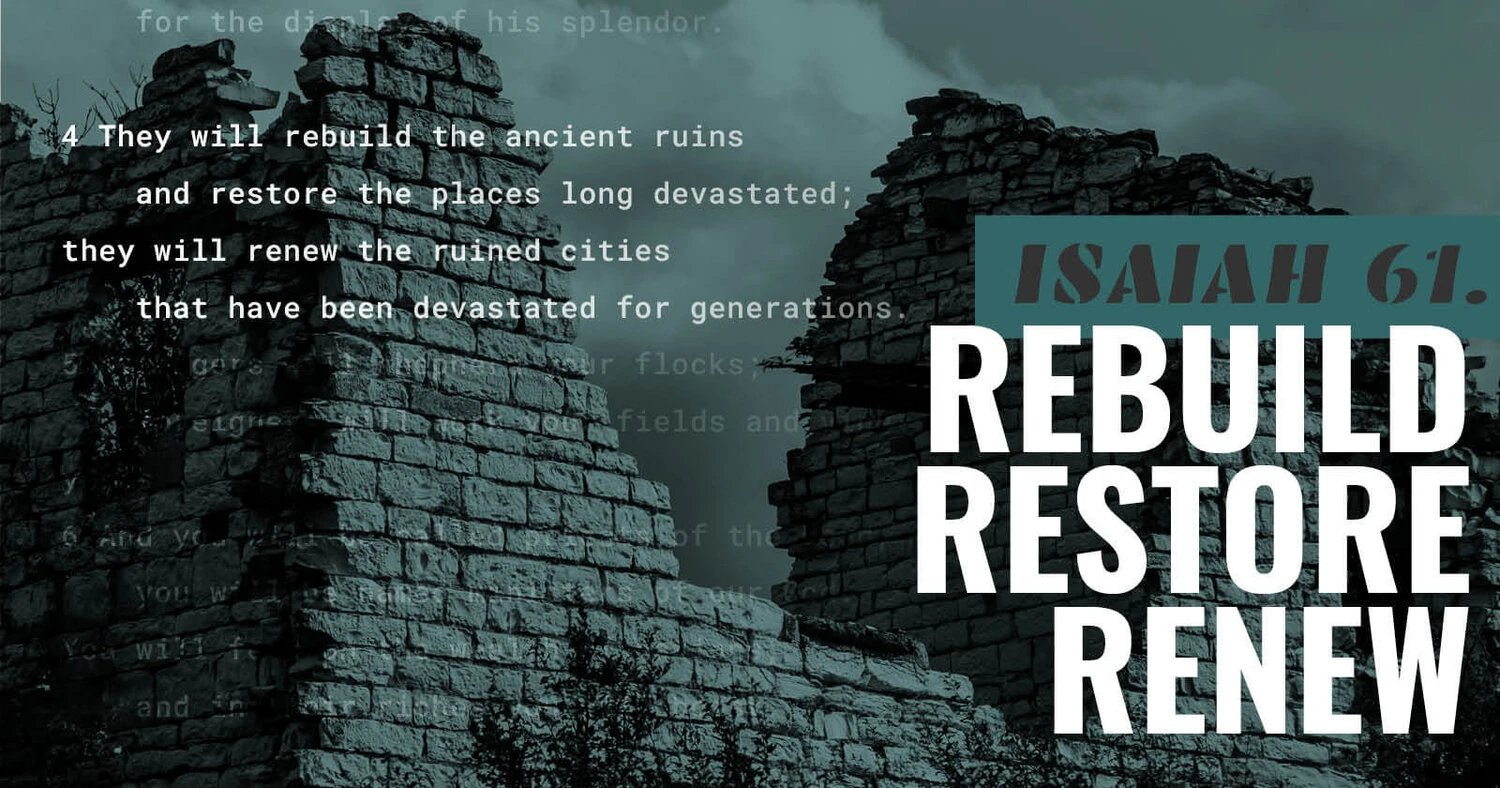
MEET THE DREAM CIC TEAM
REBEKAH WATKINS
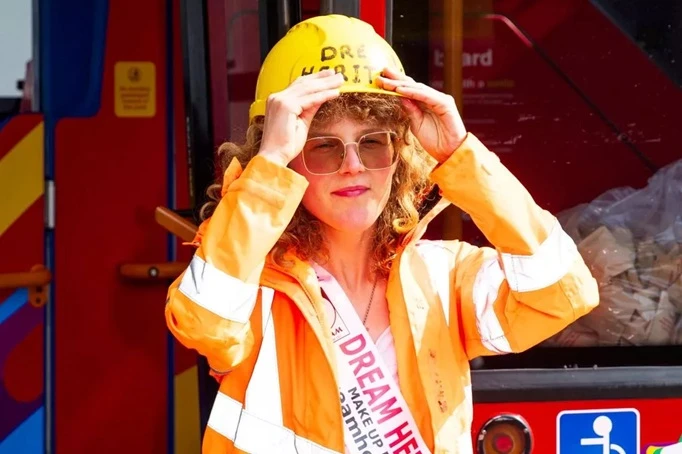
A professional archaeologist & historic building conservationist with a passion for both community and heritage, this talented young lady is the driving force behind the work that we do. With experience in commercial archaeology, community archaeology, material conservation, project management, community engagement, mural paintings/communal art/sclutpture, and heritage conservation & repair, she brings expertise and life to our projects.
JOHN WATKINS
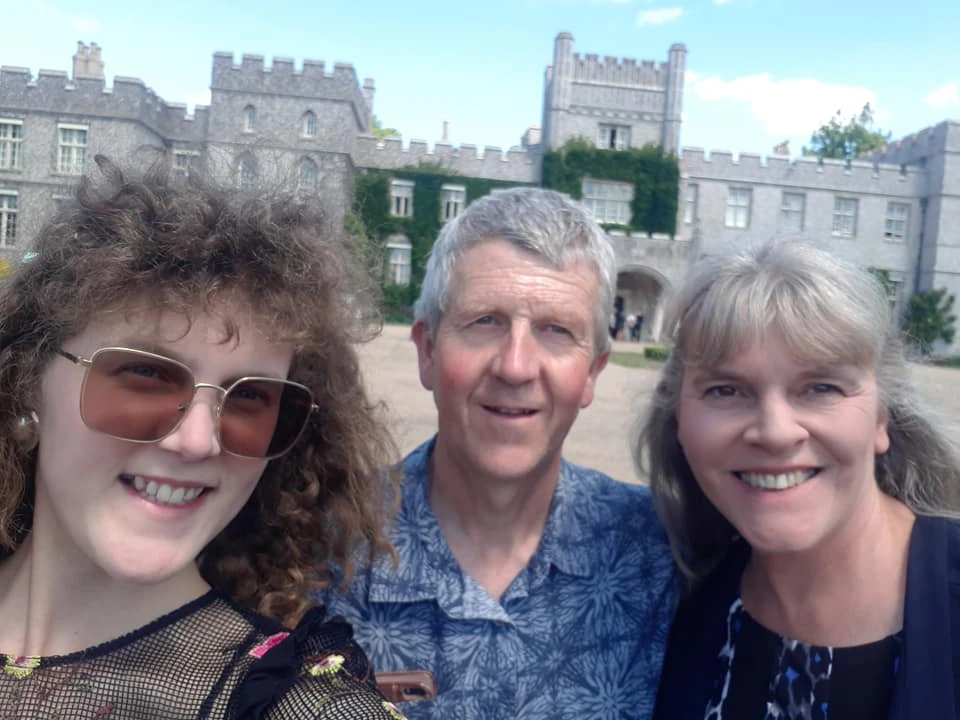
Starting out as a skilled mechanical engineer, John has been at the forefront of innovation. He has worked for leading tractor companies, Thompson Plastics, and then as director of Washroom Pods-designing, creating and fitting eco-friendly flat-pack modular rooms for hotels, prisons and hospitals. Besides all of this, he is also a proficient builder, renovating listed buildings in his spare time.
STEPHEN MALTBY
With a long working career and expertise in Systems and Compliance, Steve is a great head of knowledge to the team.
ADRIAN WALKER
Adrian has a long-working life in business & sales, and is a great support to heritage and community.
VACANCIES
To find out about more about work experience opportunities, training, volunteering, and job vacancies, contact us now at: dreamheritagecic@gmail.com
MEET THE DREAM CIO TEAM
REBEKAH WATKINS
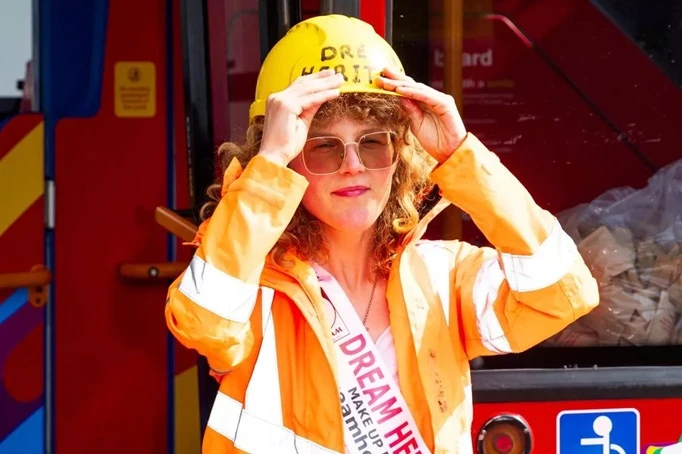
A professional archaeologist & historic building conservationist with a passion for both community and heritage, this talented young lady is the driving force behind the work that we do. With experience in commercial archaeology, community archaeology, material conservation, project management, community engagement, mural paintings/communal art/sclutpture, and heritage conservation & repair, she brings expertise and life to our projects.
JOHN WATKINS
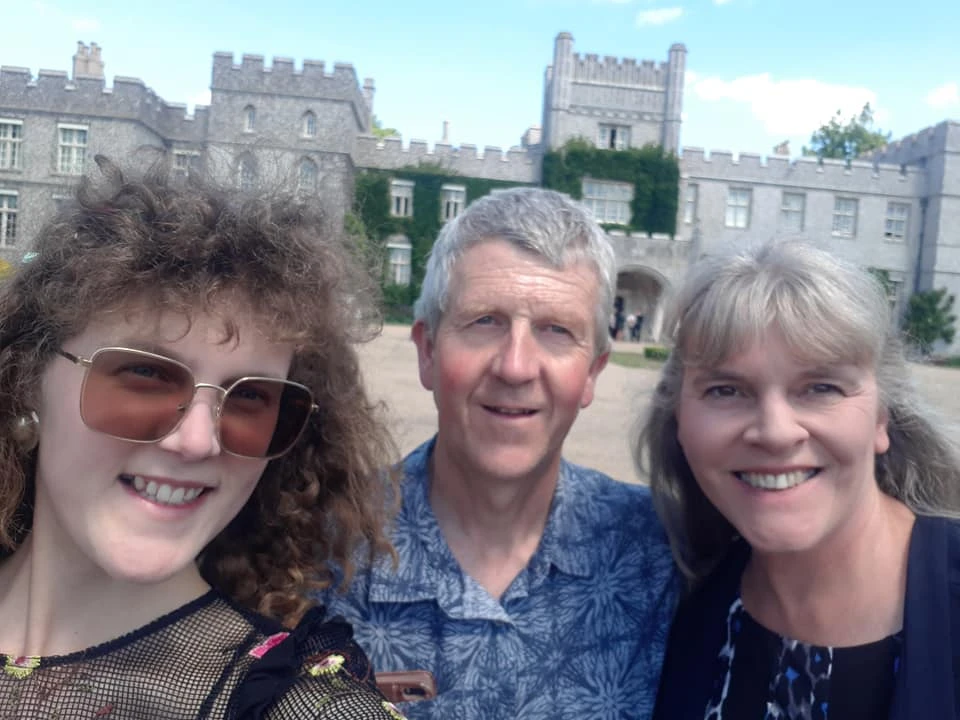
Starting out as a skilled mechanical engineer, John has been at the forefront of innovation. He has worked for leading tractor companies, Thompson Plastics, and then as director of Washroom Pods-designing, creating and fitting eco-friendly flat-pack modular rooms for hotels, prisons and hospitals. Besides all of this, he is also a proficient builder, renovating listed buildings in his spare time.
